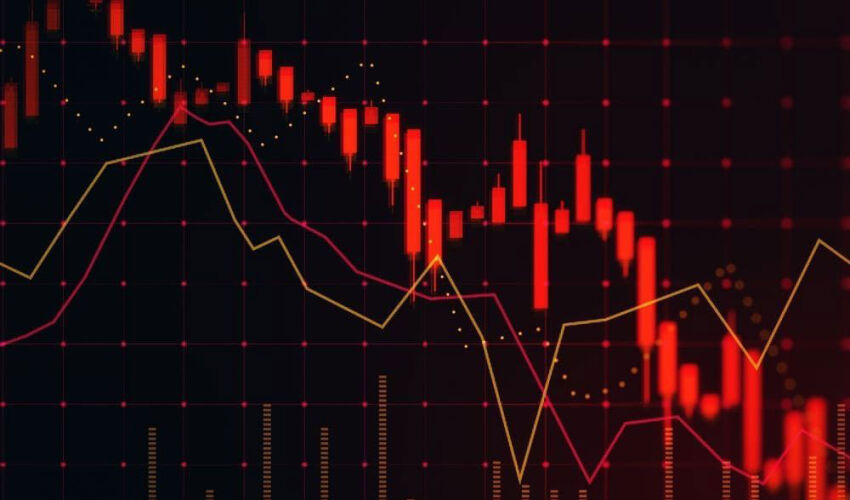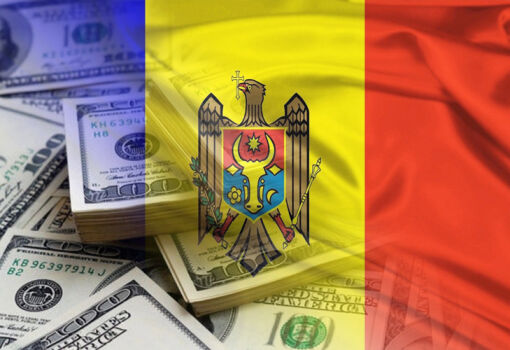
The American daily newspaper notes that on Monday, May 19, a wave of instability swept the financial markets: investors began to get rid of U.S. stocks, bonds and the dollar en masse. This alarming dynamics indicates growing pessimism about the prospects of the world’s largest economy. One factor was a bill that would make Trump’s 2017 tax cuts permanent and could balloon the national debt by trillions of dollars. A House committee approved the initiative Sunday night, though it is expected to spark fierce debate in Congress.
As Logos Press previously reported, the international rating agency Moody’s was the last of the “big three” to strip the United States of its highest AAA rating last week. The arguments for this were the ongoing tax reform, the budget deficit and the rising cost of debt service.
Although experts did not expect big shocks on the world markets because of this verdict of Moody’s, Sunday’s decision of the House of Representatives Committee has heated up the situation. Already on Monday morning, futures were predicting a collapse of U.S. indices by more than 1%, and the stock exchanges in Asia and Europe went into negative territory.
The New York Times states in this regard: the U.S. bond market is shaking. The yield on 10-year Treasury securities rose sharply by 0.1 points (a significant movement for this asset) to 4.54%. 30-year bonds rose even more sharply to a year-and-a-half high above 5%. Yields are moving in the opposite direction of the price.
Even more alarming is another: traditionally rising rates strengthen the dollar, but it fell in value against the euro and yen on Monday. This signals capital outflows from the US – a situation reminiscent of the April crisis, when the safe haven status of US assets came into question. Then Trump had to urgently roll back new tariffs, although he had previously defiantly ignored analysts’ warnings.
And another clear signal of weakening confidence in the U.S. economy: on Monday, investors actively bought gold, a classic safe haven asset and an alternative to the dollar. Its price rose by almost 2%.













